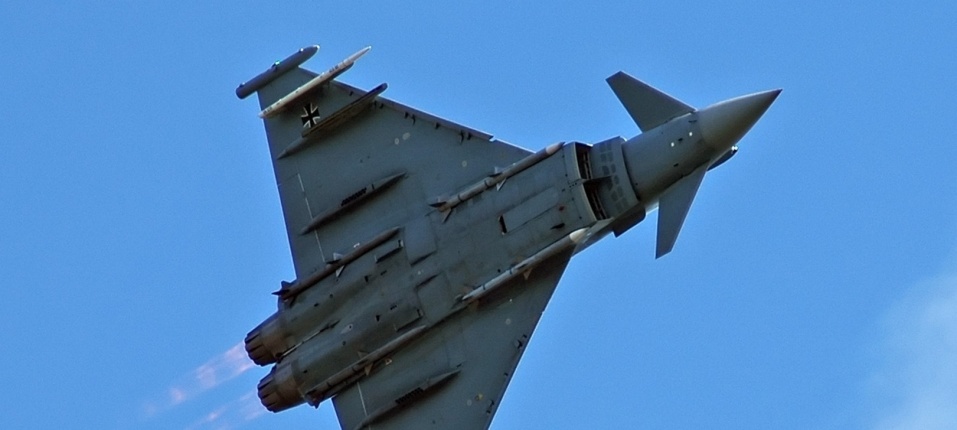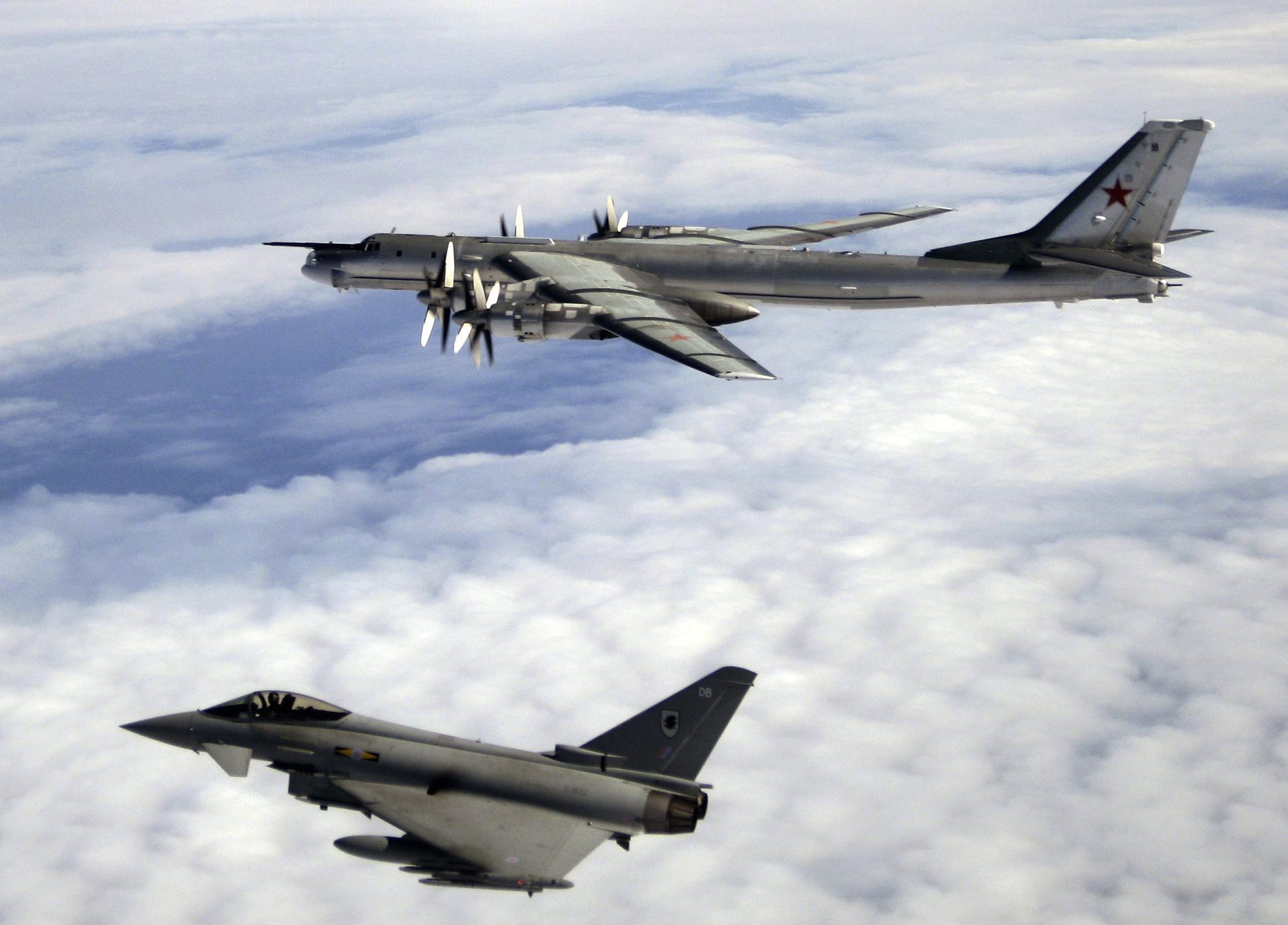Eurofighter Typhoon

March 27 marks the 30th anniversary of the multi-role fighter of the 4+ generation, the Eurofighter Typhoon. On that day in 1994, the first prototype of this aircraft, DA-1, took off from the Manching airfield near Munich, Germany. The aircraft was developed by the transnational consortium Eurofighter GmbH. 46% of this consortium belonged to the EADS group (France, Germany, and Spain), 33% to BAE Systems Military Air & Information (UK), and 21% to Leonardo SpA (Italy).
Initially, the Typhoon was developed as an air superiority fighter, with a focus on enhancing its maneuverability and equipping it with state-of-the-art digital equipment. Later, serial production aircraft received a wide range of air-to-surface weaponry.
As of the end of April 2023, the total number of ordered Typhoons reached 680 units, with 586 already delivered in nine basic variants. Each aircraft is powered by two Eurojet EJ200 engines with a thrust of 9097 kg each, providing supersonic flight capability without afterburners.
The aircraft has a length of almost 16 meters, a wingspan of 11 meters, a maximum takeoff weight of 23,500 kg, a maximum speed of 2,125 km/h, and a ferry range with three additional tanks of 3,790 km. Armament includes a 27-mm revolver cannon Mauser BK-27 with 150 rounds. Thirteen external hardpoints allow for a wide range of munitions, including five types of air-to-air missiles and eight types of air-to-surface missiles. The total weight of the combat payload exceeds 9,000 kg.
Typhoons have been adopted by the air forces of nine countries: Austria, the UK, Spain, Italy, Qatar, Kuwait, Germany, Oman, and Saudi Arabia. Modern Typhoons have occasionally been used in combat operations. For instance, British Typhoons participated in enforcing a no-fly zone over Libya in 2011. In 2015, Saudi Typhoons attacked ISIS targets in Syria with precision bombs Paveway IV. Additionally, British and German Typhoons are regularly deployed on rotational basis for air policing missions in the Baltic states. British and German fighters also frequently intercept Russian military aircraft flying near their borders.

 Fan-page
Fan-page Youtube
Youtube TikTok
TikTok Aviamuseum
Aviamuseum State Aviation Museum
State Aviation Museum


_1711526051_1.jpg)

